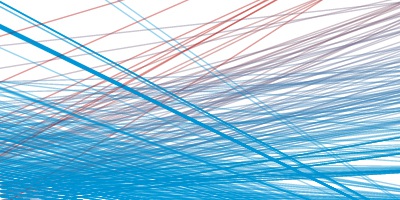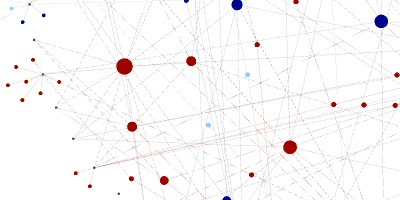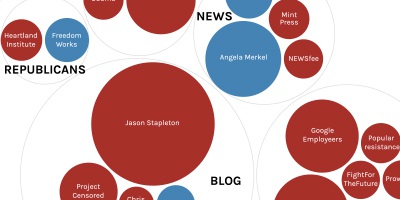Introduction
Net Neutrality debate has been amplified a lot across social media, using the dedicated hashtag #netneutrality. In order to understand what people discussed about, what terms have been used and by who, we chose to observe twitter for two weeks—from Nov 25th to Dec 7th 2014—collecting all tweets containing the hashtag #netneutrality. Data have been obtained with the TCAT tool. 47852 tweets have been analyzed, with 7520 users involved (authors and\or mentions).







